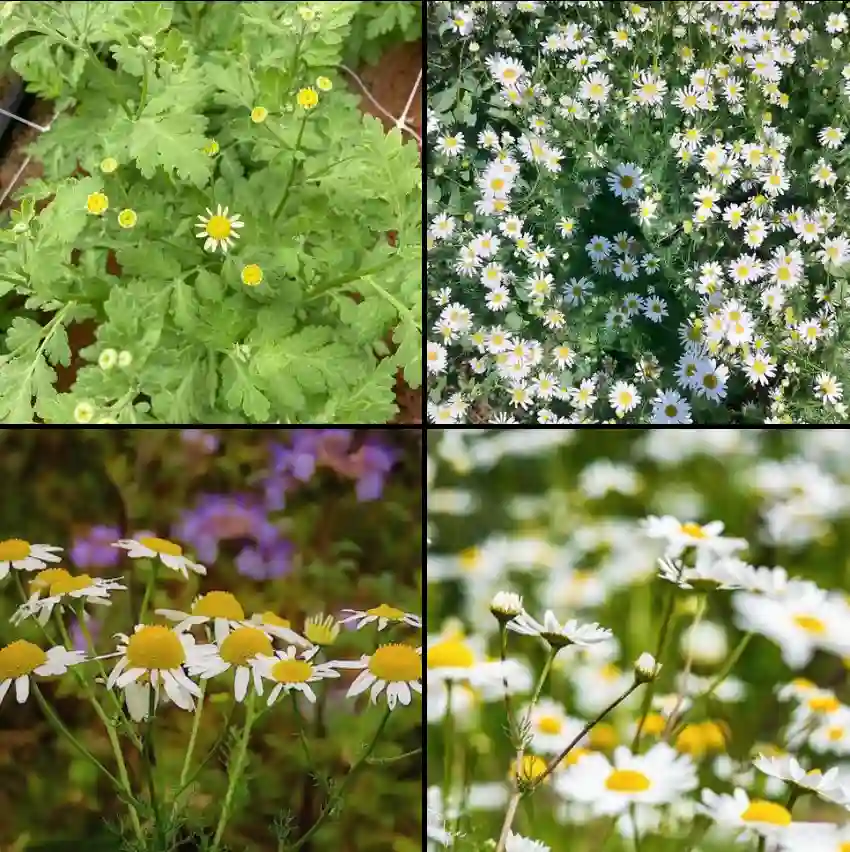
How to care for Crassula muscosa?
Here’s a guide on how to care for your Crassula muscosa, also known as the Watch Chain Plant:
220 Species in Genus Crassula
Light:
- Thrives in bright light: Aim for several hours of bright, indirect sunlight per day. A sunny windowsill is ideal.
- Tolerates some shade: It can survive in lower light conditions, but the growth might be leggy and the leaf color less vibrant.
Watering:
- Drought tolerant: Crassula muscosa excels in a “soak and dry” watering method. Allow the soil to dry out completely between waterings.
- Signs of thirst: Look for wrinkled leaves as a sign your plant needs water.
- Overwatering warning: Avoid overwatering, which can lead to root rot.
Soil:
- Well-draining mix: A succulent and cactus potting mix is ideal. You can also create your own by mixing regular potting soil with perlite or sand for increased drainage.
Fertilizer:
- Minimal feeding: Crassula muscosa doesn’t require frequent fertilization. You can give it a diluted dose of balanced fertilizer once during the spring or summer growing season, but it’s not essential.
Temperature:
- Warm temperatures preferred: They thrive in temperatures between 65°F and 75°F (18-24°C).
- Cold tolerance: While cold tolerant to some degree, it’s best to keep it above freezing to avoid damage.
Humidity:
- Adaptable to humidity levels: Crassula muscosa doesn’t have specific humidity needs. Average household humidity is sufficient.
Potting and Repotting:
- Potting material: Choose a pot with drainage holes. Terracotta pots are a good option as they allow for better air circulation and prevent moisture buildup.
- Repotting: Repot your Crassula muscosa every 2-3 years or when the plant outgrows its current pot.
Propagation:
- Easy to propagate: You can propagate your Watch Chain Plant through stem cuttings. Take stem cuttings during the growing season (spring or summer) and allow them to callous over before planting in a well-draining potting mix.
Additional Tips:
- Good air circulation: Proper air circulation helps prevent fungal diseases.
- Deadheading (optional): You can remove spent flowers to maintain a tidier look, but it’s not necessary for the plant’s health.
- Cleaning: Gently wipe dust off the leaves with a damp cloth occasionally.
How to propagate Crassula muscosa?
Crassula muscosa is known for its easy propagation! Here are two methods you can use:
Method 1: Stem Cuttings
This is the most common and successful method for propagating Crassula muscosa.
Materials:
- Sharp pruners or shears
- Well-draining potting mix suitable for succulents (consider adding perlite or vermiculite for extra drainage)
- Small pots (2-3 inches)
- Optional: Rooting hormone
Steps:
- Select healthy stems: Choose plump, healthy stems with several sets of leaves. You can propagate from both flowering and non-flowering stems.
- Make the cut: Using your sharp pruners, make a clean cut just below a leaf node (the bump where a leaf meets the stem). Aim for a cutting length of at least 2-3 inches.
- Optional: Callousing: Allow the cut end of the stem to callous over for a few days. This helps prevent rot. Leave it in a cool, dry place out of direct sunlight.
- Planting: Fill your pots with the well-draining potting mix. Make a small hole in the center with your finger and insert the calloused end of the cutting.
- Watering: Water the pot lightly to settle the soil around the cutting. Avoid overwatering.
- Placement: Place the pot in a location with bright, indirect sunlight.
- Rooting: It can take several weeks for roots to develop. Signs of successful rooting include new growth appearing at the top of the cutting.
- Transplanting: Once the roots are established (usually 4-6 weeks), you can harden off the new plant by gradually introducing it to more sunlight. Then, transplant it to a larger pot or your desired location in your garden.
Method 2: Leaf Propagation
While less common than stem cuttings, Crassula muscosa can also be propagated from individual leaves.
Steps:
- Gently twist or pull a healthy leaf off the plant.
- Allow the leaf to callous over for a few days, similar to stem cuttings.
- Lay the leaf flat on top of a well-draining potting mix. Don’t bury the leaf itself.
- Provide bright, indirect sunlight and keep the soil slightly moist.
- Tiny plantlets might sprout from the base of the leaf over time. Once they develop roots and a few sets of leaves, you can carefully separate them and pot them individually.
Here are some additional tips for propagating Crassula muscosa:
- Use sterile tools to prevent introducing diseases.
- Consider using a heat mat to promote faster root development (optional for both methods).
- Be patient! Propagation can take time, so don’t be discouraged if you don’t see results immediately.
If i die, water my plants!
As an Amazon Associate I earn from qualifying purchases.



